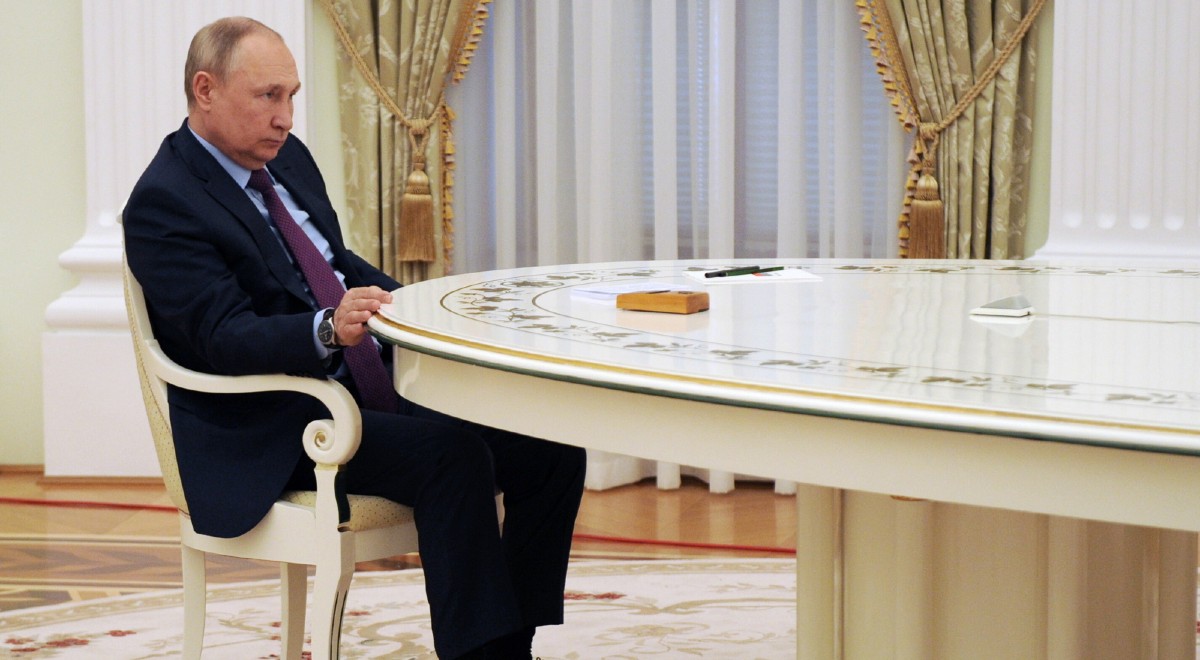Member of the Romanian Parliament Ana-Maria Catauta said that representatives of the Transnistrian separatists “are already in Moscow and are asking for independence.” This is a region of Moldova, which directly borders on Ukraine.
The Romanian politician, having informed about the visit of separatists from Transnistria to Moscow, turned to the representatives of the European Union for a firm answer. “The EU should come out and say what sanctions against the Russian Federation,” the parliamentarian said.
Transnistria. Long term crisis
The conflict over Transnistria has been going on for more than 30 years. The quasi-state, with its theoretical capital at Tiraspol, extends beyond the Dniester River in Moldova in areas directly bordering Ukraine. Its area is about 200 km long and 12-15 km wide. They have, among other things, their own currency, border guards and an army.
Only Abkhazia, Nagorno-Karabakh and South Ossetia recognized the independence of Transnistria. However, Moscow has supported separatist movements there for years, which is explained by the fact that many Russians live in the region.
In 2006, 97.2 percent of Transnistrian residents voted for independence from the government in Chisinau in a referendum, but the results were not recognized by the international community.
In addition to Transnistria, Abkhazia and South Ossetia in Georgia also have a similar status of separatist republics – except for the Ukrainian ones: Luhansk and Donetsk. The leaders of these regions also speak openly about their readiness for closer cooperation with Russia.

